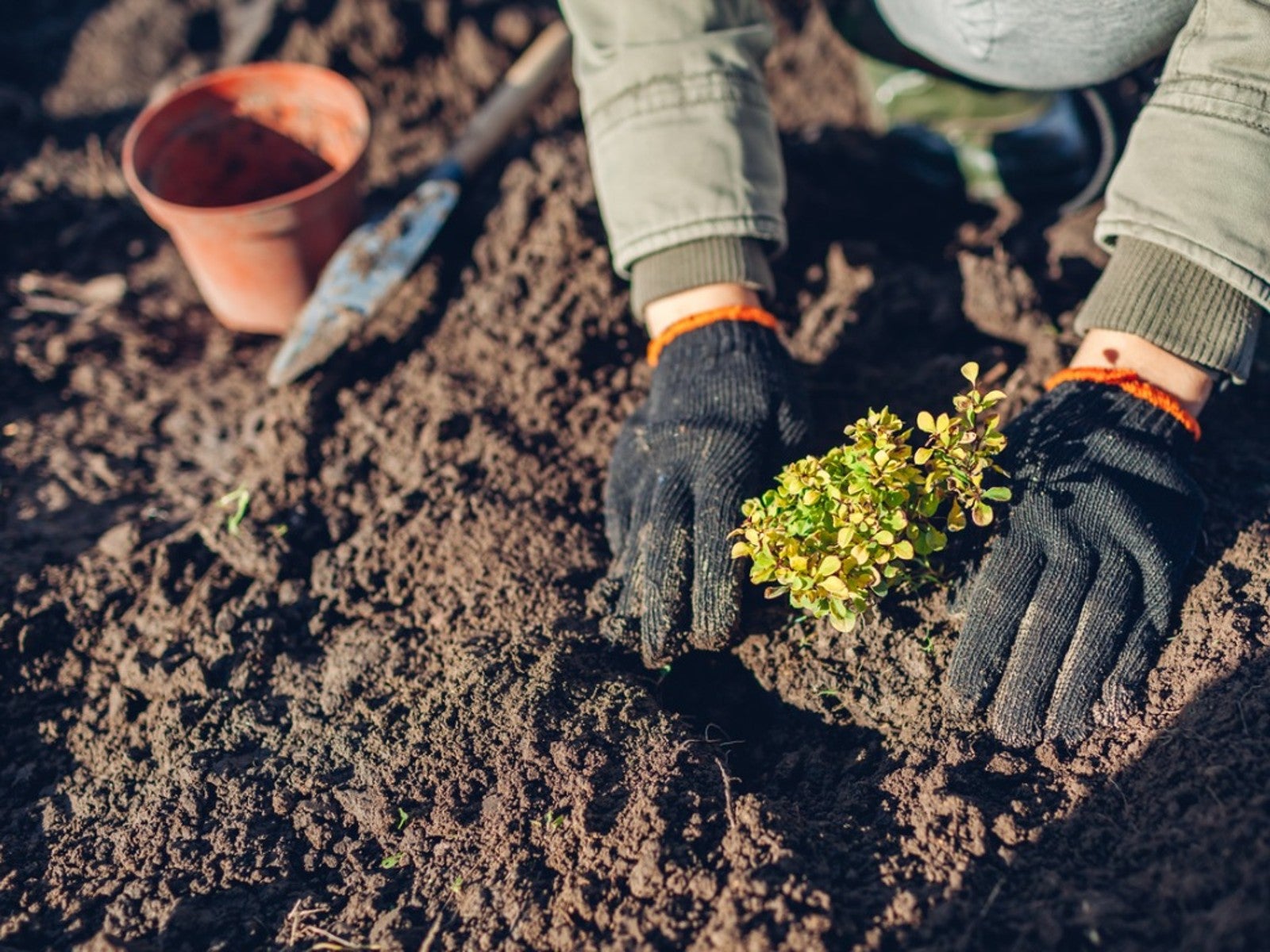Is It Too Late To Plant A Garden This Fall?


Timing of installation is important for most plants. In many regions we are advised not to plant our veggie starts until after Mother's Day, while other areas maintain warm temperatures year-round and are not subject to such rules. We plant our spring blooming bulbs in fall, and our summer bloomers in spring. When it is too cold to plant perennials though and how late in the fall can you plant trees? This all depends upon where the garden resides and what the temperatures are at the time, combined with the type of plant that needs to be installed or divided.
Gardeners in many zones may wonder, "Is it too cold to plant vegetables or other plants?" The answer really relies upon the zone, but surprisingly there are many plants that thrive when planted in fall. Knowing when it is too cold to transplant plants is key to the subject's survival. We often think of spring as the optimal time to plant, due to spring rains, warming soil, and more sunlight. However, plants installed in early fall can also be successful, provided they are given good care and have some protection around the root zone.
How Late Can You Plant Shrubs in Fall?
In most regions the period between late August to mid-October is a perfect time to plant. For slow to establish species, install the specimen earlier so it has more time to grow roots and settle into its site. Container grown and balled and burlap shrubs and trees make excellent fall candidates. Such plants have a well developed root system that will fill out and grow quickly. The only exception are conifers, which prefer soil temperatures of at least 60 degrees F. (16 C.) to grow and spread. Most other common landscape plants will readily produce roots in soil temperatures of 45 degrees F. (7 C.). Select a site that is well draining, provide the plant with adequate water, and mulch around the root zone for best results.
When is it Too Cold to Plant Perennials?
When it comes to perennials, even northern gardens can receive plants in early fall. This is actually the best time to find deals on perennials, since retailers are liquidating their stock in preparation for winter. It is also a good time to divide many perennials that need the process. Division is used on herbaceous perennial plants that have begun to die out in the center. Division will give the plant a new lease on life and increase growth, allowing the plant to fill in. It can also increase blooms on flowering plants that are old. Just as with shrubs and trees, give the perennial a good site, nutrient rich soil, and water. Avoid fertilizing heavily, which will produce tender shoots and growth that may get damaged by an early freeze. Do put some root stimulator in the planting hole and an all purpose time release food around the root zone.
Is it Too Cold to Plant Vegetables?
This question is a bit more tricky. Plants in the nightshade family love heat and sun and will not perform well if planted in fall. There are still many other cool season plants that will produce into the freeze period. Fast growing crops like radishes and spinach are ideal. Plants in the cruciform group actually perform best in cooler temperatures. Avoid plants that produce from flowers like beans or corn. Here's a list of good vegetables for fall planting:
- parsnip
- beet
- collard
- cauliflower
- celery
- carrot
- onion
- turnip
- potato
- lettuce
- kale
- kohlrabi
- rutabaga
- mustard
- celeriac
- cabbage
- broccoli
- chard
The frost tolerance of each variety differs, so it is best to consult the seed packet. To protect plants from light freezes, keep the soil moist and mulch around individual plants. Keep an eye on the forecast and cover plants with a light sheet, floating row cover, or other fabric in the evening if a frost threatens. Remove the cover during the day. To really extend the season, plant vegetables in covered hoop houses or cold frames. The use of cloches or similar items can focus the sun's heat and enhance growth. With a little planning and know how, you could be eating vegetables well past the traditional end of the season.
Gardening tips, videos, info and more delivered right to your inbox!
Sign up for the Gardening Know How newsletter today and receive a free copy of our e-book "How to Grow Delicious Tomatoes".

Bonnie Grant is a professional landscaper with a Certification in Urban Gardening. She has been gardening and writing for 15 years. A former professional chef, she has a passion for edible landscaping.